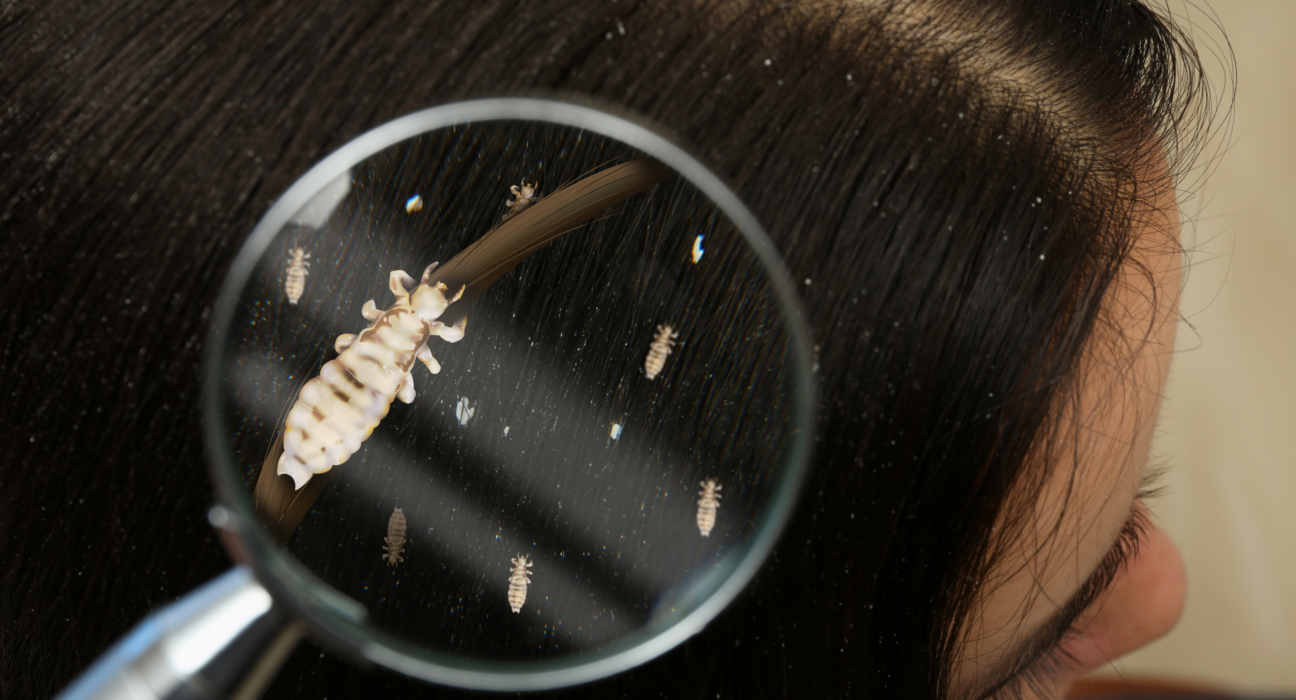By Kristin Josiah
If you’re dealing with head lice, there’s no need to feel embarrassed—it’s not a sign of disease. In this edition of NCN Health, brought to you by GTM Insurance and Essential Care Pharmacy, we delve into the details of treating head lice.
Head lice are a common issue, particularly among children aged 3 to 11 years old, with girls being more frequently affected than boys.
They can reside in any type of hair, whether it’s curly, straight, dyed, or natural.
Before starting treatment, it’s crucial to understand how head lice are transmitted.
Contrary to popular belief, they don’t jump, live on pets, or have anything to do with personal hygiene.
Instead, they spread through head-to-head contact or by sharing personal items like hats and hair accessories.
It’s important to note that head lice require a blood meal every 12 to 24 hours and cannot survive away from a human head for longer than a day.
While washing hats and pillowcases in hot water may help contain head lice, disinfecting your entire house isn’t necessary, as transmission from inanimate objects is rare.
Various treatments are available for head lice, both over-the-counter and prescription-based.
These include shampoos, lotions, and cream rinses containing active ingredients like benzyl alcohol, ivermectin, and spinosad.
These treatments effectively kill lice and their eggs, providing relief from infestation.
For those who prefer non-chemical treatments, options such as wet combing can be considered.
Wetting the hair and using a fine-tooth comb to remove lice and eggs can be an effective method, although it requires consistency over several weeks.
It’s essential to consult with a healthcare professional before opting for home remedies, as many, such as tea tree oil, mayonnaise, vinegar, and saline spray, lack scientific evidence of efficacy and can be messy and time-consuming.

